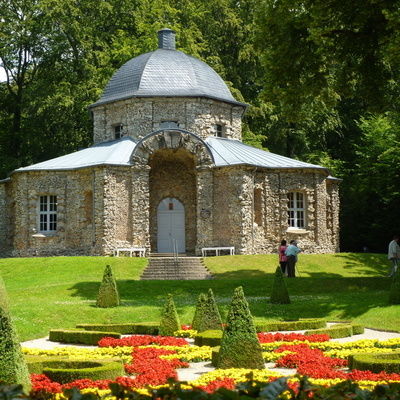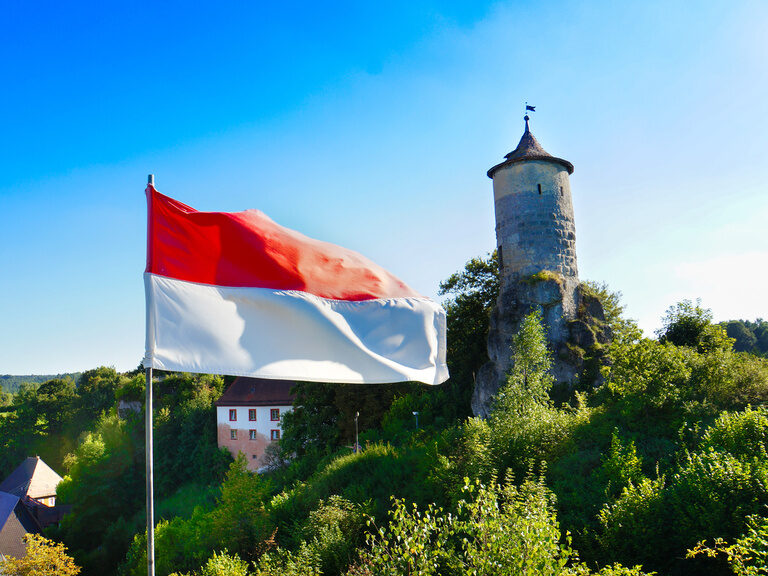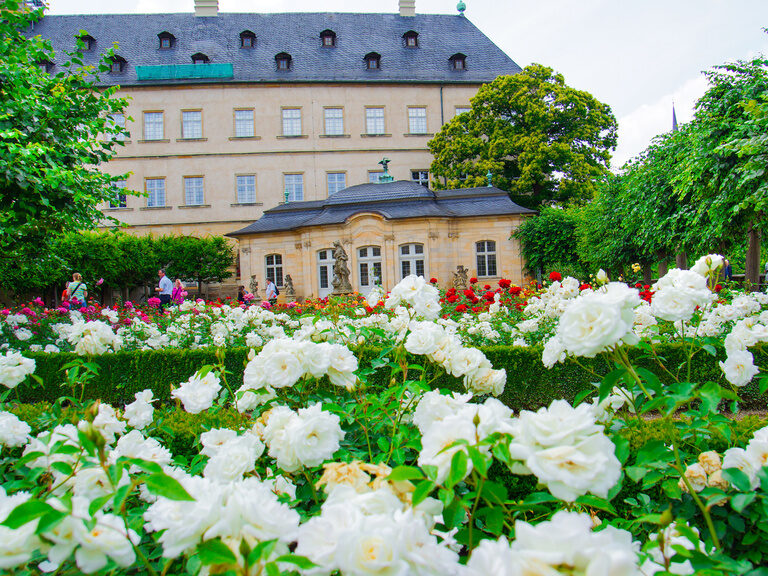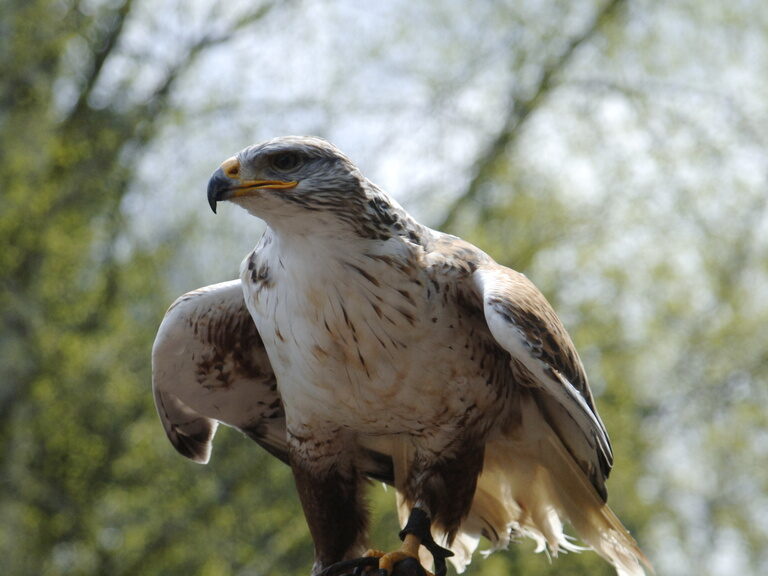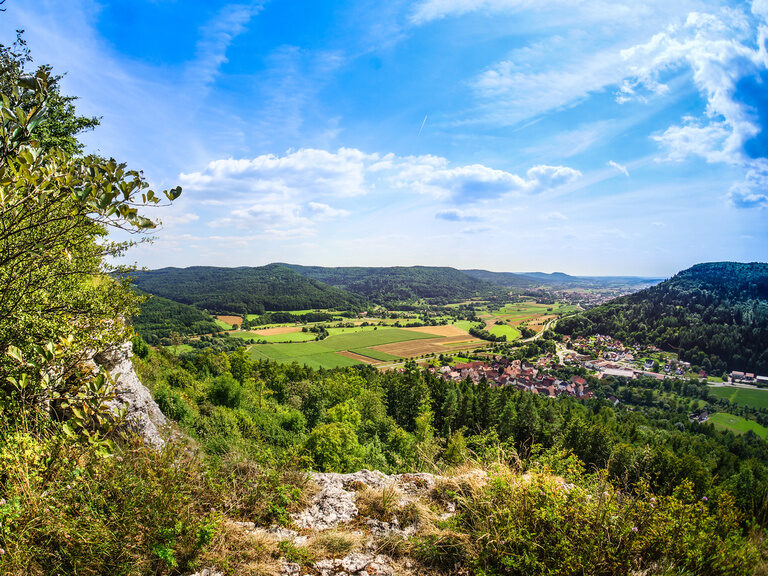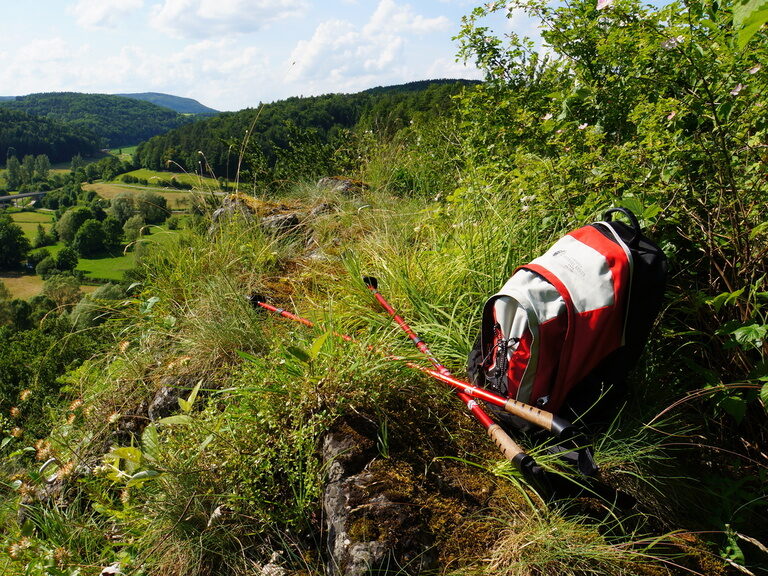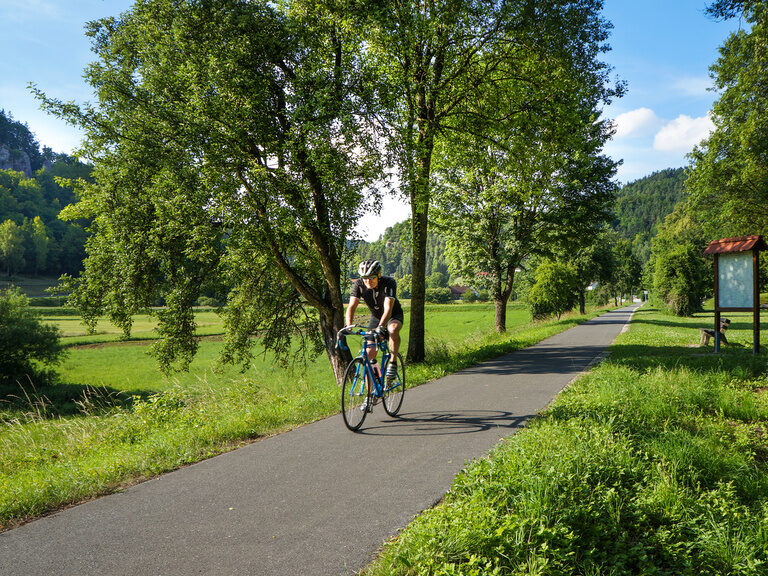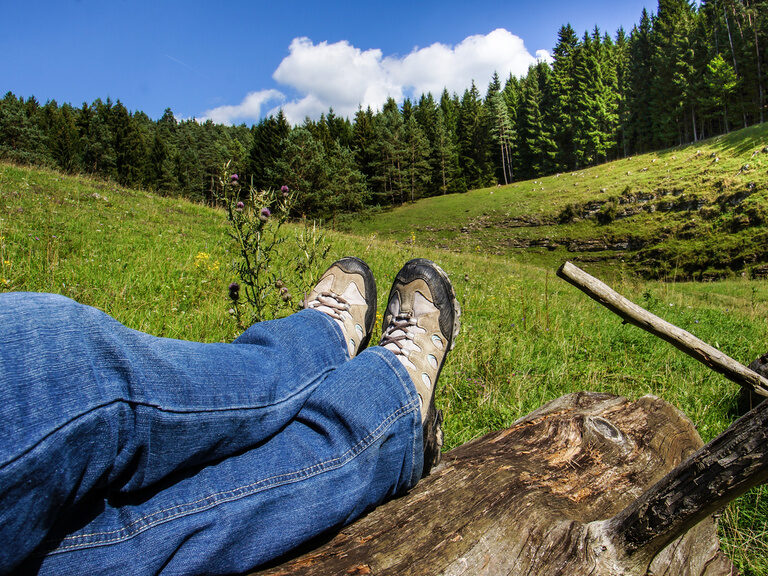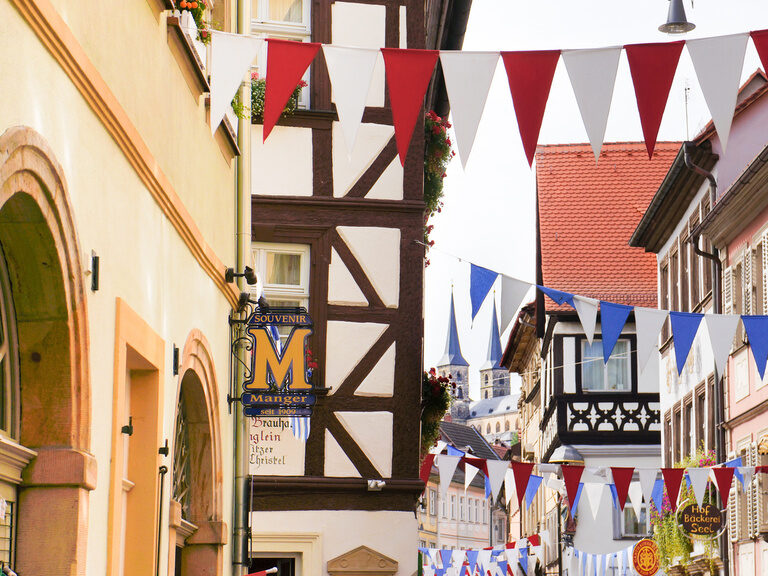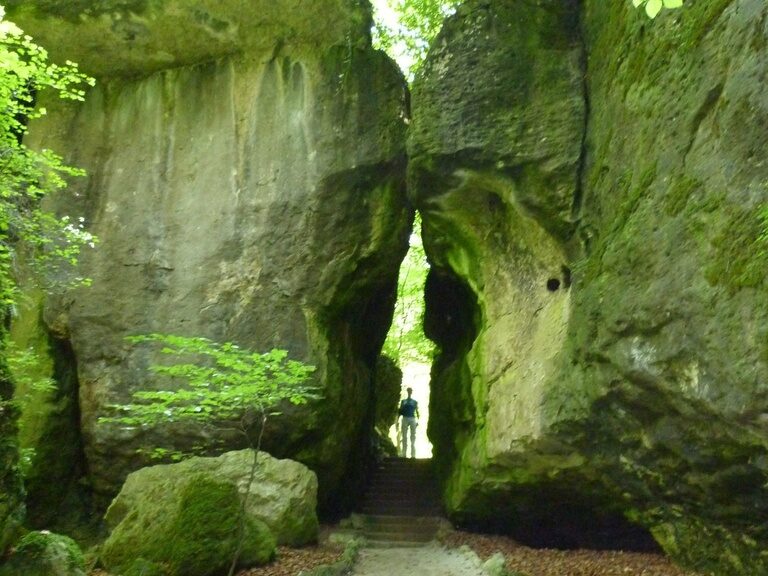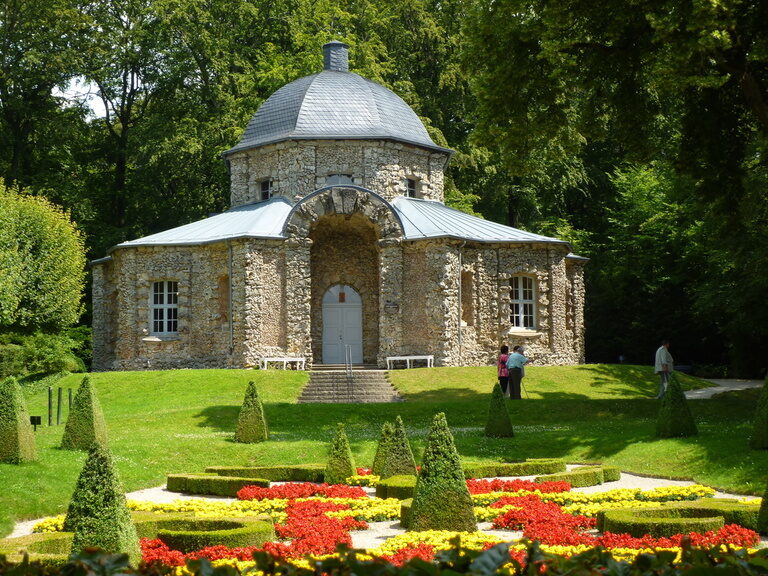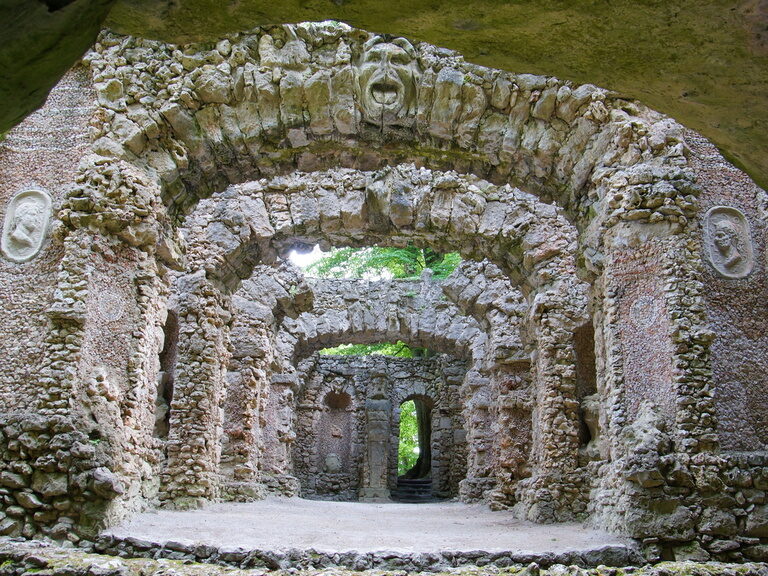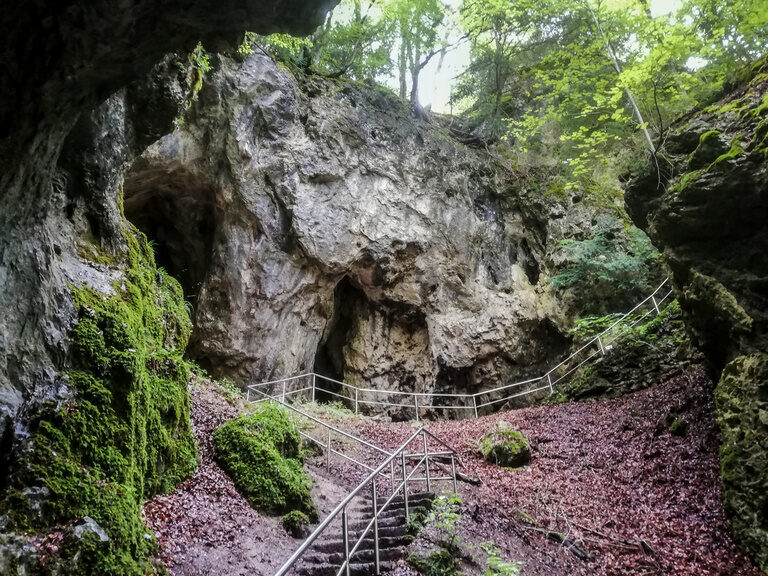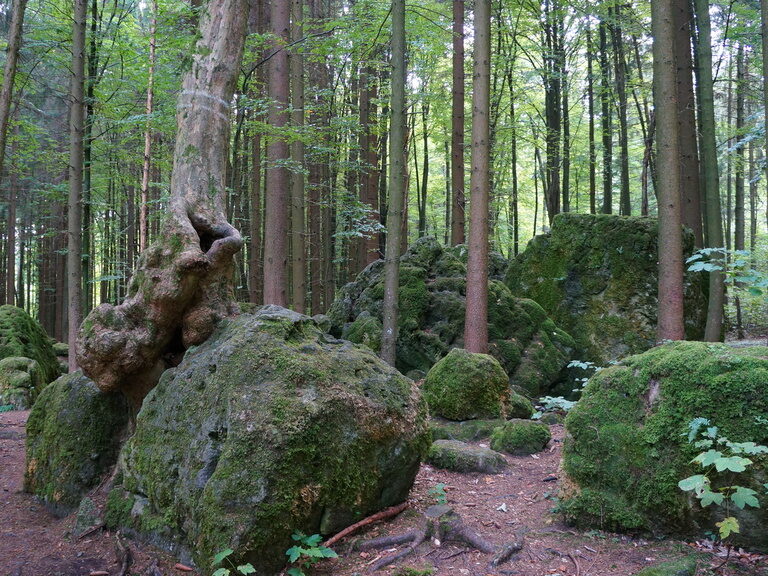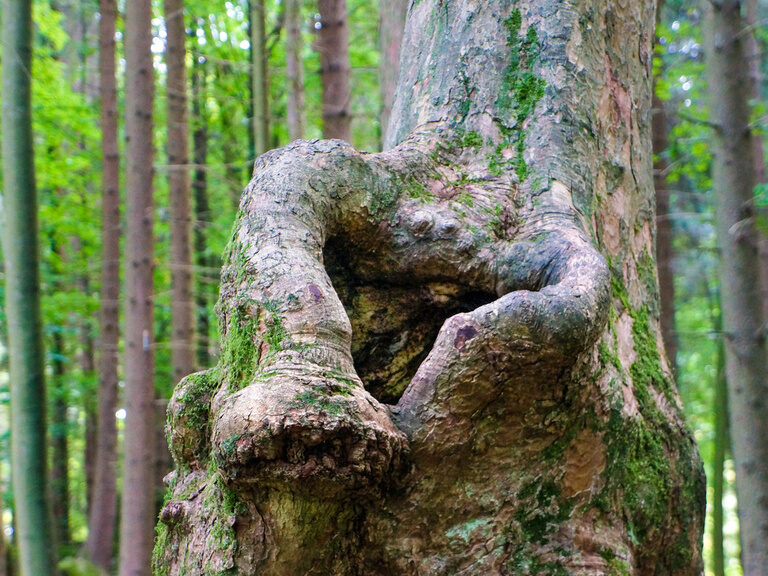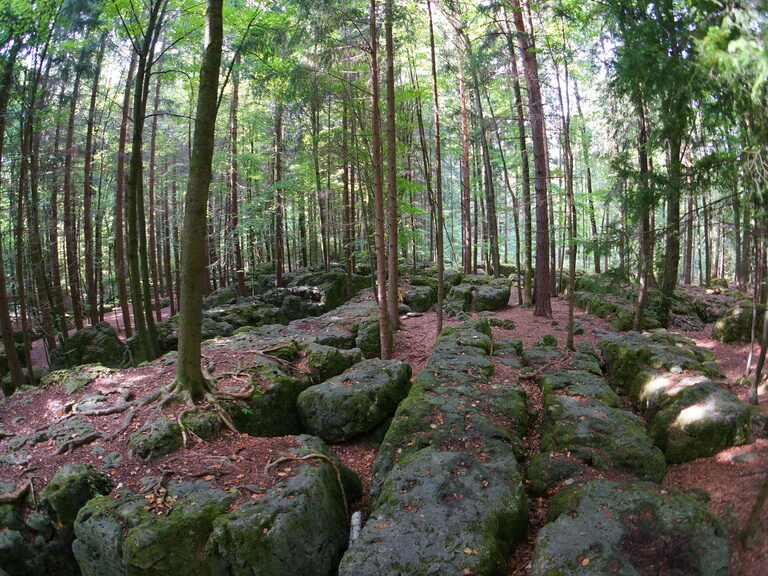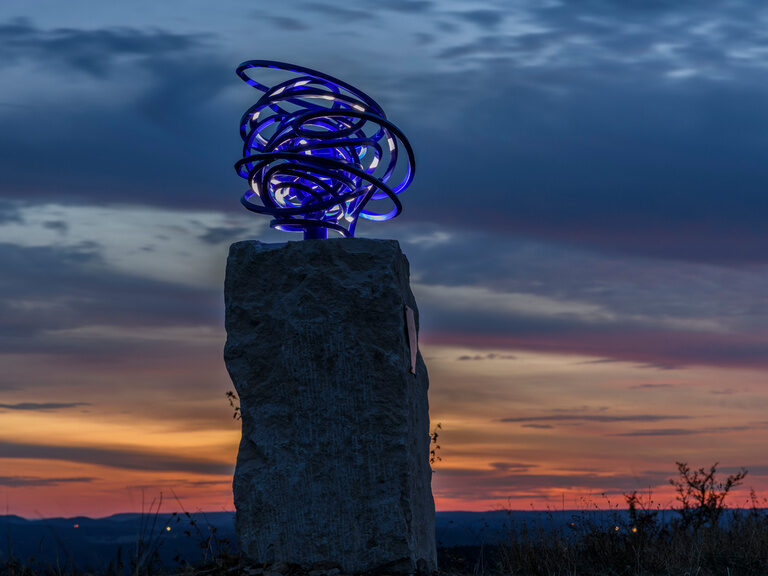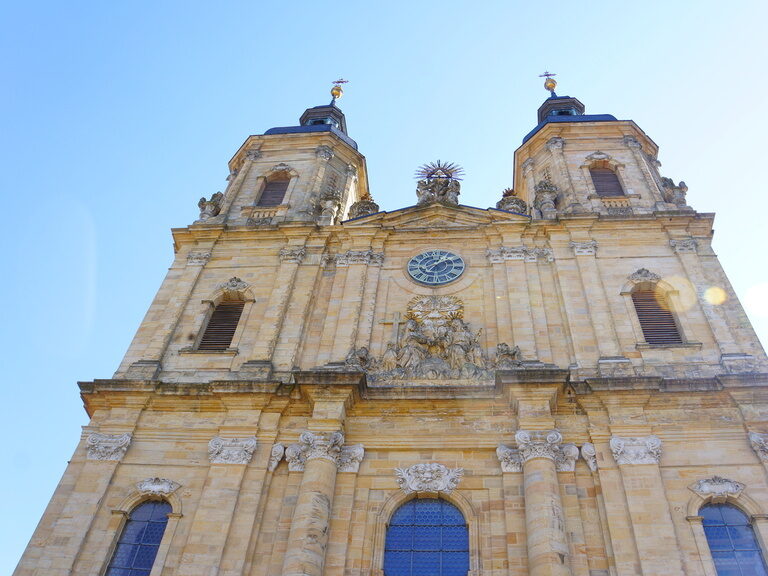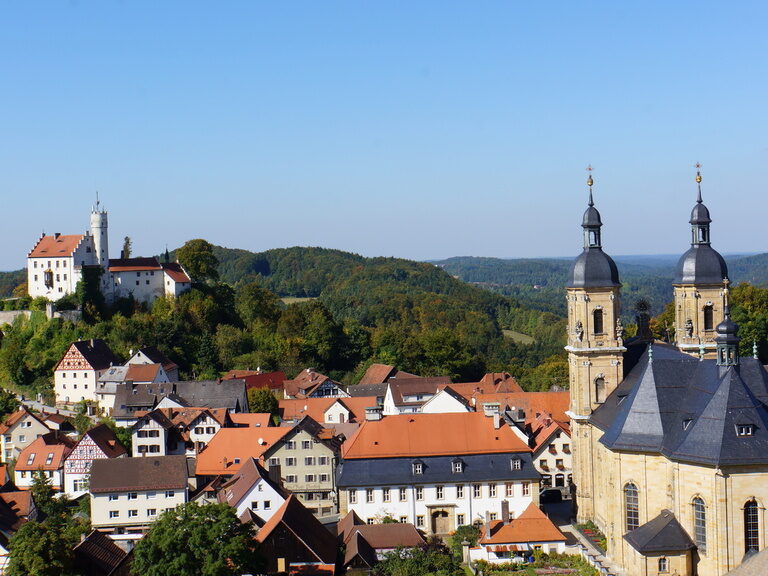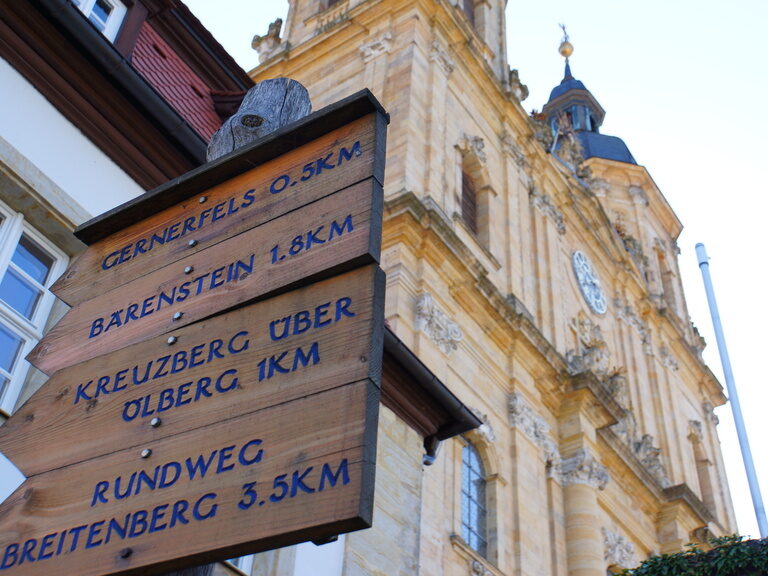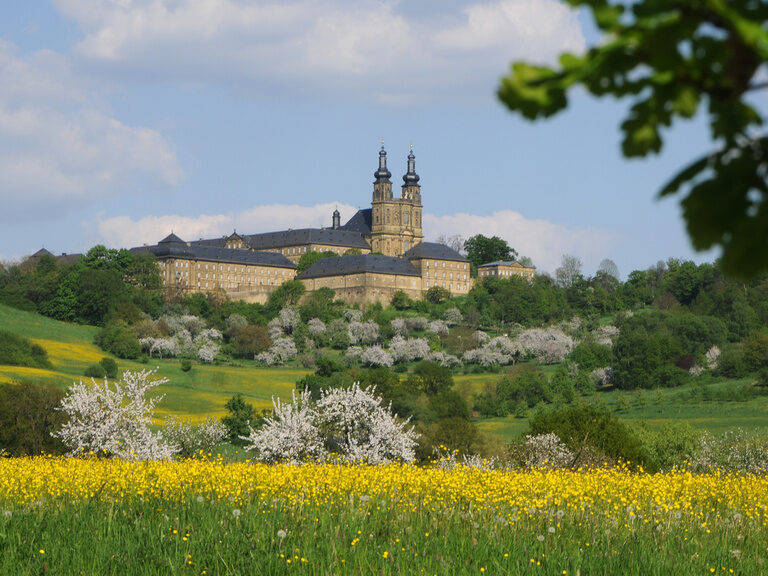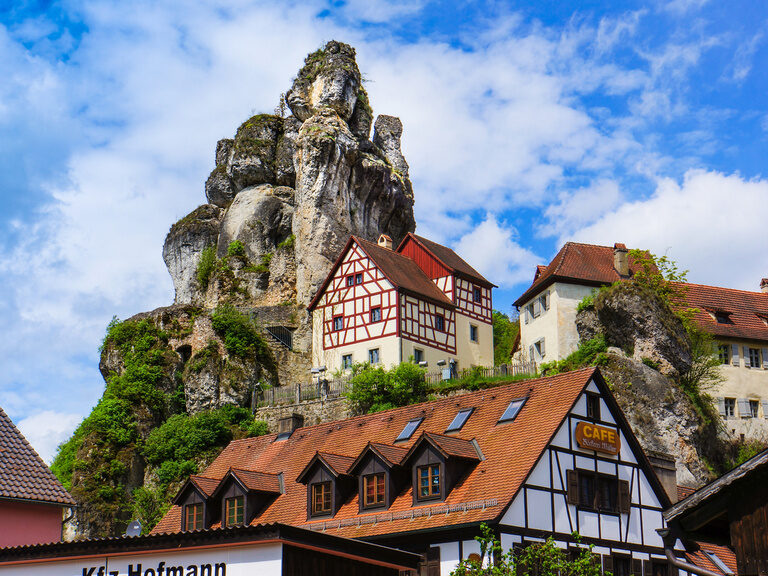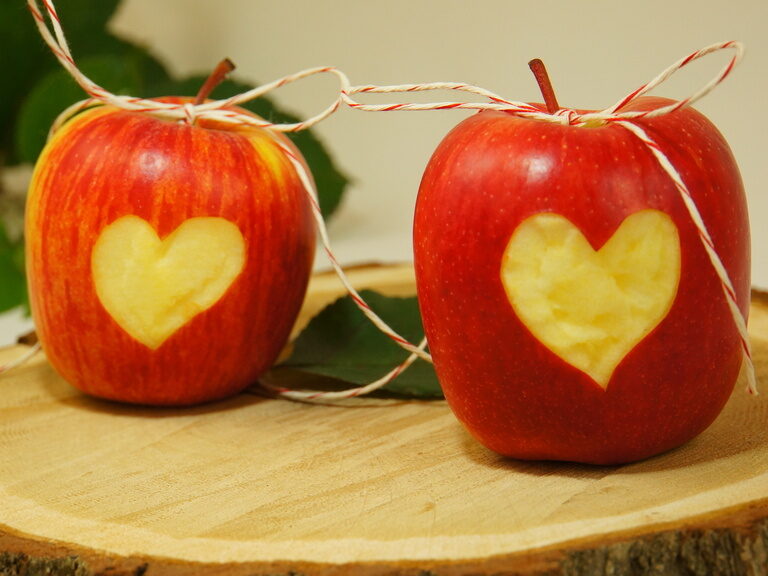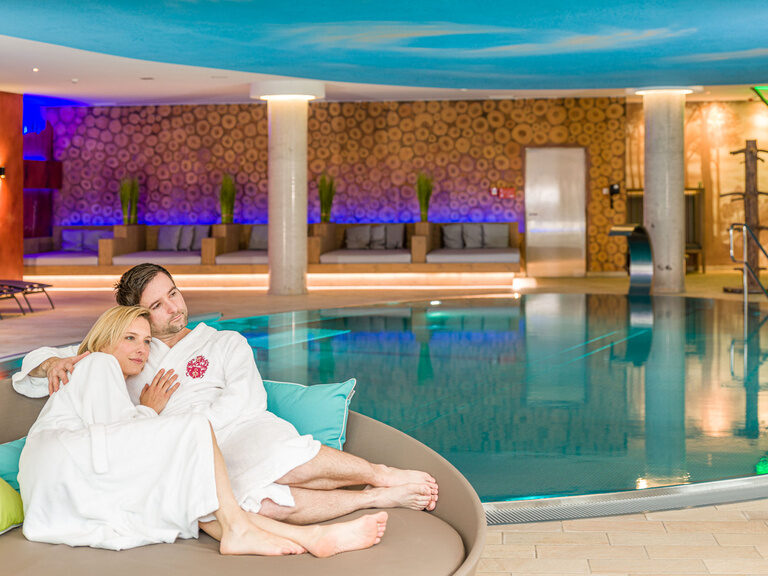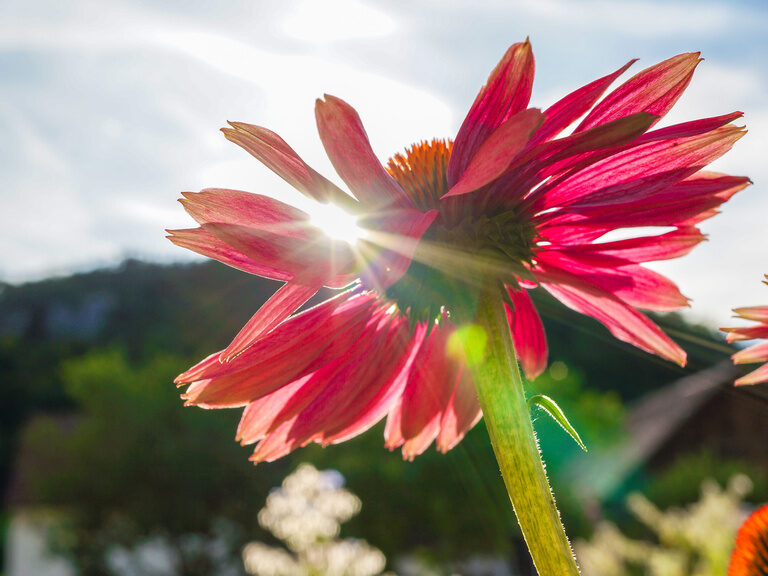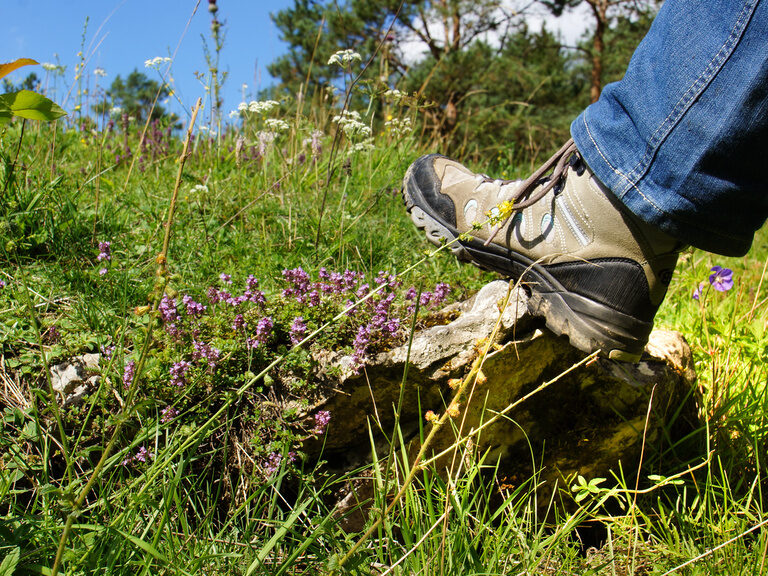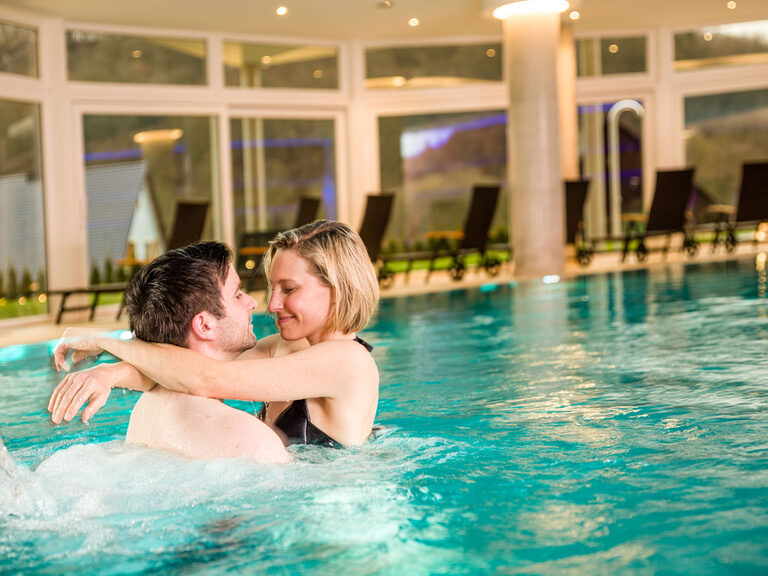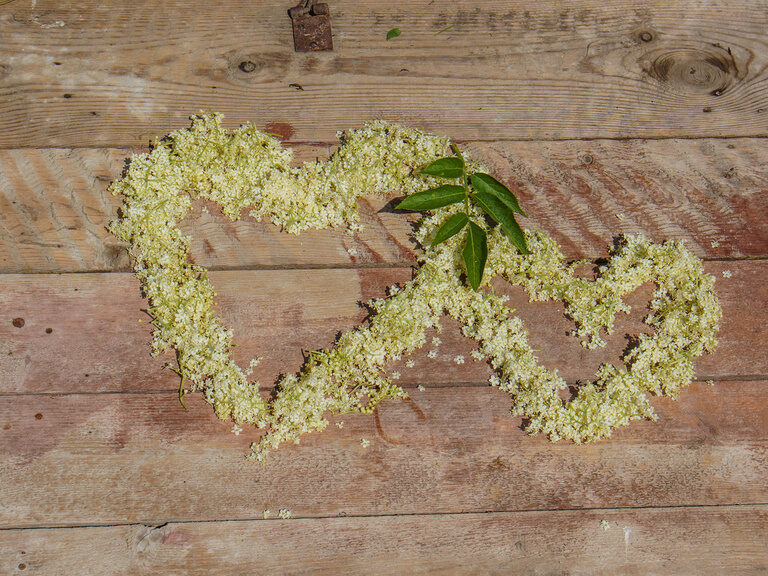Die Fränkische Schweiz liegt im Herzen der beliebten Urlaubsregion Franken und wird von den Städten Bamberg, Bayreuth und Forchheim umrahmt. Mit ihrer traumhaften Landschaft, den vielfältigen Erlebnismöglichkeiten und nicht zuletzt aufgrund der berühmten fränkischen Küche, zählt die Fränkische Schweiz zu den beliebtesten Urlaubszielen in Bayern.
Landhaus Sponsel-Regus: Unser Hotel in der Fränkische Schweiz bietet alle Annehmlichkeiten, die einen Urlaub in Franken zum Traumurlaub machen.
Aktiv Urlaub mit Wandern und Mountainbiken, Kultur-Urlaub oder einfach mal die Seele baumeln lassen mit Wellness: In der Fränkischen Schweiz ist alles möglich. Das Hotel Sponsel-Regus empfängt seine Gäste mit traumhaften Zimmern, einem großen Wellnessbereich und einem Restaurant mit traditionell fränkischer Küche – hier bleiben keine Wünsche offen.
Buchen Sie jetzt Ihr Zimmer in unserem Hotel Franken und erleben Sie die Genuss- und Erlebnisregion Fränkische Schweiz mit allen Sinnen. Wir freuen uns auf Sie!
Wie kam die Fränkische Schweiz zu ihrem Namen?
Geschlungene Täler, markante Felsformationen und eine kleinräumige Struktur: Die traumhafte Landschaft und die atemberaubende Natur haben die Fränkische Schweiz berühmt gemacht. Ursprünglich war die Region als "Muggendorfer Gebürg" bekannt.
Die landschaftlichen Besonderheiten verleiteten die Dichter und Gelehrten dazu, diese Region als "kleine Schweiz" zu bezeichnen. Aufgrund der Vielfältigkeit der Region erhielt sie ihren heutigen Namen "Fränkische Schweiz“.
Die Fränkische Schweiz zählt übrigens zu den ältestens Tourismusdestinationen in ganz Deutschland.
Erlebnis Urlaub Fränkische Schweiz: wandern, radfahren, schlemmen & genießen
Im Herzen der Fränkische Schweiz erwartet Sie eine große Vielfalt an kulturellen und landschaftlichen Sehenswürdigkeiten , sowie spannenden Ausflugszielen für Groß und Klein. Besonders bekannt ist die Region natürlich für ihre idyllische Lage und die gut ausgebaute Infrastruktur für Wanderer und Radfahrer.
Aktivurlauber finden in der Fränkischen Schweiz genügend Möglichkeiten, dem Trubel des Alltags zu entfliehen und die unberührte Natur zu genießen. Unzählige Wanderwege schlängeln sich durch die Fränkische Schweiz und führen an Burgen, Schlössern und Höhlen vorbei, sowie durch malerische Orte mit idyllischen Gasthöfen, Brennereien und Bierkellern, die mit fränkischer Küche und fränkischem Bier zur Rast einladen.
Viele Rad- und Wandertouren starten ebenfalls direkt vor unserem Hotel. Sogar Mountainbike-Trails führen am Hotel vorbei und weitere sind in Kürze erreichbar.
An der Rezeption erhalten Sie außerdem unseren hauseigenen Wanderführer mit 24 Touren in der Fränkischen Schweiz.Natürlich ist die Fränkische Schweiz auch für ihre Bierkultur bekannt - nirgendwo sonst auf der Welt ist die Brauereidichte höher als hier. Vor allem um den kleinen Weltrekord-Ort Aufseß sind viele Brauereien, Bierkeller und Gasthöfe zu finden. Dort kommt auf etwa 2000 Einwohner eine Brauerei – das ist Weltrekord.
Die Erlebnisregion Fränkische Schweiz kann sogar noch mehr: Klettern, Nordic Walking, Mountainbiking, Motorrad fahren und Kajak & Kanu Touren auf der Wiesent. In "der Fränkischen" wird es sicher nicht langweilig.
Aber die Fränkische Schweiz ist facettenreich, denn trotz der Kleinräumigkeit der Region ballt sich eine riesige Fülle an möglichen Aktivitäten und Sehenswürdigkeiten auf kleinem Raum.
Neben dem Klassischen für Wanderer und Radfahrer hält die Region auch viele weitere Urlaubsangebote bereit:
- Ausflugsziele
Erlebnishöhlen, Burgen & Schlösser, Naturerlebnis-Parks, Freizeitparks, Dampfbahn Fränkische Schweiz Umliegenden Städte: Bamberg, Nürnberg, Bayreuth, Forchheim Kulmbach, Coburg, Dinkelsbühl und Rothenburg ob der Tauber
- Natur- & Baudenkmäler, wie unten aufgeführt
- Aktivregion
mit Wandern, Klettern, Radfahren, Mountainbiking, Kanu & Kajak, Gold und Nordic Walking
Kultur Urlaub Fränkische Schweiz: Die Städte Bamberg, Forchheim und Bayreuth
Gerade auch kulturinteressierte Urlauber werden in der Fränkischen Schweiz fündig. Insbesondere die drei traumhaften Städte Bamberg, Forchheim und Bayreuth sowie das einige Kilometer weiter entfernte Nürnberg sind attraktive Ausflugsziele.
Egal ob Bamberg, Bayreuth oder Forchheim: jede Stadt verbindet Kultur mit Genuss und ist einen Abstecher wert. Wer es etwas ruhiger angehen lassen und dennoch in den Genuss traditionell fränkischer Küche kommen möchte, dem empfehlen wir einen Besuch in unserem Hotelrestaurant. Neben fränkischen Gaumenfreuden servieren wir in unserem Restaurant selbstverständlich auch regionales Bier aus Franken und der Fränkische Schweiz.
Die Stadt Bamberg ist Weltkulturerbe und nur rund 20 Kilometer vom Hotel Sponsel-Regus entfernt.
Die 1000-jährige Geschichte der Stadt mit dem gut erhaltenen Altstadtkern und dem fränkischen Charme lässt die Zeit bei einem Stadtbesuch wie im Fluge vergehen.
Neben den zahlreichen Kulturangeboten bietet Bamberg seinen Gästen auch viele gastronomische Highlights. Das „fränkische Rom“ gilt nicht nur als Bierstadt, sondern begeistert auch mit traditionell fränkischer Küche.
Das als Richard Wagner Stadt bekannte Bayreuth ist aufgrund seiner Festspiele in ganz Deutschland bekannt und zieht dementsprechend viele Touristen an.
Das 2018 komplett restaurierte Markgräfliche Opernhaus ist UNESCO-Weltkulturerbe und gilt als Schmuckstück der Stadt. Die umliegende Parkanlage der Eremitage, angelegt von Markgräfin Wilhelmine von Preußen, trägt ihr Übriges zum Flair der Stadt bei.
Besonders sehenswert ist zudem das ebenfalls neu renovierte Haus Wahnfried, das ehemalige Wohnhaus Richard Wagners. In diesem wird durch die Geschichte des Komponisten und seine Werke in einer interaktiven Weise geleitet.
Forchheim ist die kleinste der drei Städte, muss sich vor Bayreuth und Bamberg aber keinesfalls verstecken.
Dank der dort befindlichen Kaiserpfalz trägt das fränkische Forchheim den stolzen Beinamen Kaiserstadt. Der historische Altstadtkern ist das touristische Zugpferd der Stadt, die als das „Tor zur Fränkischen Schweiz“ gilt.
Zur Adventszeit erblüht der Stadtkern um einen der größten Adventskalender der Welt, indem sich das Rathaus in eine 24-türige Weihnachtsüberraschung verwandelt.
Forchheim ist auch vom Hotel Sponsel-Regus sehr gut sowohl mit dem Auto oder einer tollen Radtour erreichbar.
Urlaub in der Fränkischen Schweiz steht für Vielfalt
Urlaub in der Fränkische Schweiz bedeutet vor allem eines: Abwechslung. Hier verbringen Sie den Urlaub genauso wie Sie es möchten und unternehmen genau das, wonach Ihnen der Sinn steht. Kultur, Erlebnis, Erholung und Genuss lassen sich perfekt miteinander kombinieren.
Wie wäre es mit einer Wanderung durch die schöne Fränkische Schweiz inklusive Besuch der Kaiserstadt Forchheim? Anschließend erholen Sie sich in unserem großen Wellness Bereich von den Strapazen des Tages und schließen den Tag mit einem Verwöhnmenü in unserem Hotelrestaurant ab.
Gerne geben wir Ihnen Tipps zu Ausflügen und Sehenswürdigkeiten, bei denen Sie Land und Leute kennenlernen und auch Genuss und Erholung nicht zu kurz kommen.
Reservieren Sie jetzt Ihr Zimmer und starten Sie schon bald Ihren Aktiv-, Erlebnis- und Erholungsurlaub in der Fränkischen Schweiz. Unser Sponsel-Regus Hotel freut sich darauf, Ihr Gastgeber sein zu dürfen.
Sanspareil
Zwischen Bamberg und Bayreuth, bei Wonsees, liegt Frankens wohl bekanntester Felsengarten „Sanspareil“.
Mitte des 18. Jahrhunderts wurde der Garten bei der markgräflichen Jagdresidenz Burg Zwernitz errichtet. Angeblich soll eine Hofdame beim Anblick des Gartens: „Ah, c’est sant pareil“ (übersetzt: „Das ist ohnegleichen!“) gerufen haben.
Daraufhin ließ Markgraf Friedrich den Ort Zwernitz in Sanspareil umbenennen. Die markanten Felsen, eingebettet in der natürlichen Umgebung des Waldes der Fränkische Schweiz, sind ein wahres Schauspiel. So ist auch das Felsentheater mit den charakteristischen Rundbögen noch erhalten geblieben. Auf Geheiß von Markgräfin Wilhelmine wurden einzelne Teile des Felsengarten Sanspareil nach „Die Abenteuer des Telemach“ benannt.
Im Felsengarten befindet sich ein Cafe, dass kleine Speisen und Getränke anbietet.
Der Felsengarten Sanspareil ist ganzjährig geöffnet und ist eines der beeindruckensten Sehenswürdigkeiten in der Fränkische Schweiz und ganz Franken. Während Ihres Aufenthalts im Wellnesshotel Sponsel-Regus bietet sich ein Besuch im Felsengarten an.
Durch den Garten verläuft ein barrierefreier Weg, der auch mit Rollstuhl und Kinderwagen passierbar ist.
Öffnungszeiten:
Ganzjährig
Adresse:
Sanspareil 34
96197 Wonsees
Riesenburg
Die Riesenburg ist eigentlich gar keine Burg, sondern eine so genannte Versturzhöhle. Die wahrlich riesig anmutende Lücke in der Felspartie gibt Hinweise darauf, wie der Name entstanden sein könnte.
Die Riesenburg befindet sich parallel zur B470 nahe der Ortschaft Doos. Im Inneren können Sie die Stufen bis nach oben erklimmen und haben von oben einen einmaligen Blick ins Tal.
Warum also nicht einen kleinen Zwischenstopp einlegen?
Druidenhain
Der Druidenhain ist ein magischer Ort, soweit es nach dem Volksmund geht. Angeblich haben hier keltische Druiden ihre Rituale abgehalten.
Zumindest versuchte man sich so die angeordneten Steinblöcke zu erklären, die mittlerweile ein mit Moos bedecktes Labyrinth ergeben.
Das Areal umfasst circa ein Hektar und liegt in der Nähe des kleinen Ortes Wohlmannsgesees hinter Muggendorf.
Schlendern Sie durch Jahrzehnte alte Baumbestände und spüren Sie die beruhigende Atmosphäre dieses Ortes.
Entschleunigung und Entspannung vom Alltagsstress mal anders.
Auch eine Wandertour im Sponsel-Regus Wanderheft führt zu diesem natürlichen Ausflugsziel.
NaturKunstRaum Neubürg
Ein tolles Projekt im Rahmen der Regionalentwicklung ergab den NaturKunstRaum Neubürg. Auf dem gleichnamigen 587 Meter hohen Tafelberg entstand aus Naturmaterialien ein Projekt, das sich am Besten als Natur-Kunst-Rundweg beschreiben lässt.
Verschiedene Künstler aus Frankreich, Deutschland und der Schweiz, aber auch regionale, teils nur wenige Kilometer entfernt, stellen dort handgefertigte Kunstwerke und Skulpturen aus Holz, Bronze oder Stein aus.
Die Kunstwerke sind durch einen wunderschönen Rundweg um die Neubürg miteinander verbunden. Einmaliges Panorama auf dem Plateau ebenfalls inklusive!
Parkplatz & Infopavillon:
Besucherparkplatz zwischen Mistelgau und Wohnsgehaig
Basilika Gößweinstein
Zwar gehört Gößweinstein zur Verwaltung des Landkreises Forchheim, jedoch ist die Basilika Gößweinstein eine der größten Wallfahrtsorte im Erzbistum Bamberg.
Sie bildet den katholisch-geistlichen Mittelpunkt der Fränkischen Schweiz, ähnlich der Basilika Vierzehnheiligen nahe Bad Staffelstein. Ursprünglich stand am heutigen Platz der Basilika eine kleinere fränkische Kapelle, die jedoch aufgrund des großen Andrangs bald zu klein für die Wallfahrer wurde.
Wallfahrer kamen aus ganz Franken zusammen und die Zahl der Besucher stieg stetig. Trotz verschiedener Erweiterungen konnte die Menge an Pilgern nicht unterbracht werden und so wurde der Bamberger Bischoff um die Genehmigung für einen Neubau gebeten. Friedrich Carl von Schönborn erteilte den Auftrag dann dem bekannten Balthasar Neumann, nachdem der Vorschlag von Johann Leonhard Dientzenhofer wegen zu hoher Baukosten abgelehnt wurde.
Die Bauarbeiten begannen 1730 und setzten sich bis 1739 fort. Allerdings zog sich die Innenausstattung bis 1769 hin, da der sowieso schon schwierige Baufortschritt unterbrochen wurde. Mitte des 18. Jahrhunderts verwüstete ein Brand die Basilika, sowie einige angrenzende Anlagen und Häuser.
Die Basilika Gößweinstein selbst ist die größte Wallfahrtskirche Deutschlands, die der Heiligen Dreifaltigkeit geweiht ist.
Zusätzlich wurde sie durch Papst Pius XII. im Jahr 1948 mit dem Ehrentitel „Basilica minor“ geehrt.
Die Basilika selbst kann ganzjährig besucht werden und auch die umliegende Ortschaft Gößweinstein ist einen Ausflug in die Fränkische Schweiz wert.
Adresse:
Balthasar-Neumann-Straße
91327 Gößweinstein
Basilika Vierzehnheiligen
Der Sage nach erschienen einem Schäfer das Jesu-Kind und die vierzehn Nothelfer, welche die Errichtung einer Kapelle forderten. Auch durch die folgende Heilung einer Magd am Ort der Erscheinung und auf Drängen der gläubigen Wallfahrer, wurde dort eine Kapelle zu Ehren der vierzehn Heiligen errichtet.
Die damalige Kapelle existiert heute nicht mehr, da sie bereits im Bauernkrieg von 1525 und nachfolgend im 30-jährigen Krieg zerstört wurde. Erst 1735 genehmigte der damalige Bamberger Bischof Friedrich Karl von Schönborn den Bau der heutigen Basilika. Planung und Beaufsichtigung übernahm Balthasar Neumann und so wurde der Bau 1743 begonnen.
Heute ist die Basilika eine der vier „Basilica minor“ im Erzbistum Bamberg, neben dem Bamberger Dom, Basilika Marienweiher und der Basilika Gößweinstein. Dieser Ehrentitel wird vom Papst persönlich an besondere Orte des katholischen Glaubens verliehen. Alle diese Bauwerke haben sich neben den eindrucksvollen Bauwerken auch zu besonderen Sehenswürdigkeiten der Fränkischen Schweiz und sogar ganz Frankens entwickelt.
Vor allem der Hochaltar, der die Krönung Mariens darstellt, ist hier zu bewundern, ebenso wie die acht Seitenaltäre.
Sie ist eine der bekanntesten Anlaufstellen für Wallfahrer und Kulturinteressierte, die ihren Urlaub in Franken verbringen möchten, denn sie ist ganzjährig geöffnet. Immer donnerstags ist Kirchenreinigung und somit von 09:00 bis 16:00 Uhr keine Führung möglich.
Adresse:
Vierzehnheiligen 2
96231 Bad Staffelstein
Kloster Banz
Das ursprüngliche Benediktiner-Kloster wurde um 1070 gegründet und war eines der größten in der Region des Obermains. 1698 begann der Wiederaufbau des Klosters nach dem 30-jährigen Krieg unter der Führung der Gebrüder Dientzenhofer im Stil des Barocks.
Das Kloster Banz wurde 1814 von Ludwig Wilhelm Herzog in Bayern gekauft und 1933 an die „Gemeinschaft von den heiligen Engeln“, die Seelsorge für Auslandsdeutsche betrieben, wiederrum veräußert. Nachdem das Kloster im zweiten Weltkrieg als Lager in Benutzung stand, wurde es 1978 von der Hanns-Seidel-Stiftung erworben und dient seither der CSU als Tagungsort.
Adresse:
Kloster Banz 18
96231 Bad Staffelstein
Basilika Marienweiher
Neben der Basilika Gößweinstein und Vierzehnheiligen ist die Wallfahrts-Basilika Marienweiher „Mariä Heimsuchung“ ein Herzstück des Katholizismus in Franken.
Die Legende besagt, dass ein Fuhrmann auf seinem Weg nach Sachsen ein Bild der heiligen Maria auf seinem Wagen geladen hatte. Als er in einem Gasthaus übernachtete, wurde eben dieses von einer Räuberbande überfallen. Der Fuhrmann kam mitsamt seinem Gespann und dem Bild heil davon und aus Dankbarkeit errichtete er neben der Straße einen Holzbau für das Marien-Bild. Hier soll die erste Kapelle, die später zur größten Wallfahrtsbasilika im Erzbistum Bamberg werden sollte, errichtet worden sein.
Nach zweimaliger Erweiterung, entschloss man sich zu einem Neubau. Ähnlich wie in Gößweinstein konnte die ursprüngliche Konstruktion dem immer größer werdenden Andrang der Wallfahrer aus Franken nicht mehr stand halten.
Die von Licht durchfluteten Hallen und die ausladenden Deckenfresken sind in der Basilika Marienweiher ebenso zu bewundern, wie der klassizistische Hochaltar.
Adresse:
Marienweiher 3
95352 Marktleugast
Museen
Levi Strauss Museum in Buttenheim
Die Jeans wurde eigentlich von einem deutschen Auswanderer erfunden. Levi Strauss wurde in Buttenheim in der Fränkischen Schweiz geboren, wo nun auch das gleichnamige Museum zu finden ist.
Als er 1847 nach New York auswanderte, war er zusammen mit seiner Familie im Textilhandel tätig. Als der junge Strauss vom Goldrausch hörte, verschlug es ihn nach San Francisco, wo er bald seine Geschäftsidee in die Tat umsetzte. Die Goldsucher benötigten belastbare Hosen und da Levi Strauss mit Textilien vertraut war, stellte er eben solche Hosen für die Goldgräber her.
Als die Hosen dann noch mit belastbaren Taschen versehen wurden, fand das Produkt reißenden Absatz und die Jeans prägt heute noch die Textilindustrie und unser alltägliches Leben. Ein Stück Franken, das in der ganzen Welt zu finden ist. Das Museum beschäftigt sich mit dem Leben Levis, seiner Geschichte und damit auch mit der Geschichte der Jeans zum zeitlosen Kleidungsstück.
In etwa 20 Minuten sind Sie vom Hotel aus beim Levi-Strauss-Museum im Landkreis Bamberg.
Öffnungszeiten:
Dienstag, Donnerstag 14:00 bis 18:00 Uhr
Samstag und Sonntag sowie Feiertags 11:00 bis 17:00 Uhr
Adresse:
Marktstraße 33
96155 Buttenheim
Scharfrichtermuseum Pottenstein
Schon von außen fällt das blutrote Gebäude im Straßenbild von Pottenstein auf. Das Scharfrichtermuseum führt in die dunkelsten Kapitel der Geschichte zurück und zu einem eigenen und sehr eigentümlichen "Handwerk".
Großteils stammen die ausgestellten Exponate aus dem Schloss Schöndorf. Daumenschrauben, Richtschwerter, Schandmaskel, Schädelsprenger und viele weitere Folterwerkzeuge sind im Museum ausgestellt. Natürlich wird auch der Beruf des Henkers und seine Stellung in der Gesellschaft beschrieben.
Das Scharfrichtermuseum soll allerdings eher zum Nachdenken anregen.
Das Museum ist auch Teil der Erlebnismeile Pottenstein und kann somit sehr gut mit den anderen Sehenswürdigkeiten verbunden werden.
Öffnungszeiten:
Ostern bis Oktober 10 bis 12 Uhr und 13 bis 17 Uhr
Montag Ruhetag - zwischen Ostern und Pfingsten nur Wochenende und Feiertags
Adresse:
Hauptstraße 16
91278 Pottenstein
Fränkische Schweiz Museum Tüchersfeld
Schon alleine der Anblick ist einmalig: Das Fränkische Schweiz Museum ist eingebettet zwischen zwei Felsnadeln im kleinen Ort Tüchersfeld. Das für sich ist schon den Besuch wert.
Im Museum selbst wird - wie der Name schon sagt - direkt Bezug auf die Region genommen. Wie lebten die Menschen? Wie sah ihr Alltag aus? Diese Fragen werden im Museum ebenso beantwortet, wie Einblicke in die damalige Tracht gewährt. Zudem finden regelmäßig wechselnde Themenausstellungen statt. Das kann vom 30-jährigen Krieg bis hin zur Ausstellung spezieller Kunstwerke oder thematischer Ereignisse alles sein.
Das Fränkische Schweiz Museum ist im so genannten "Judenhof" untergebracht. Der Name erzählt auch schon von den ehemaligen Bewohnern. Deshalb ist als besonderes Schmuckstück eine erhaltene Synagoge zu bestaunen.
Öffnungszeiten:
April bis Oktober: 10 bis 17 Uhr
November bis März: Sonntag 13:30 bis 17 Uhr
Weihnachtszeit saisonal abweichend
Adresse:
Am Museum 5
91278 Pottenstein


